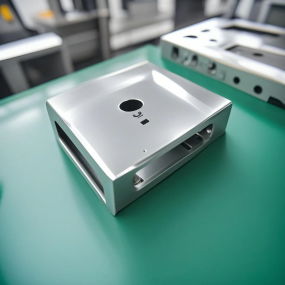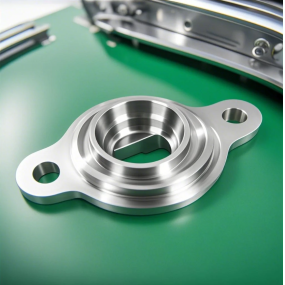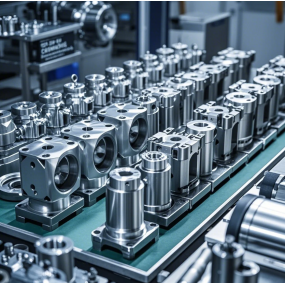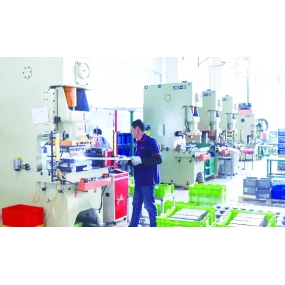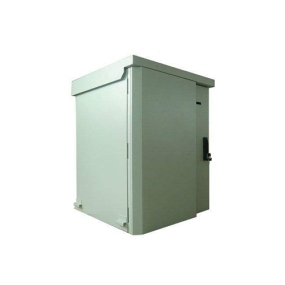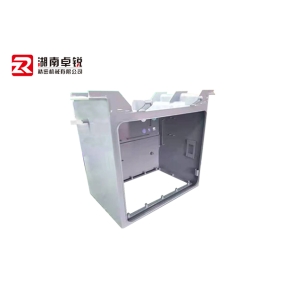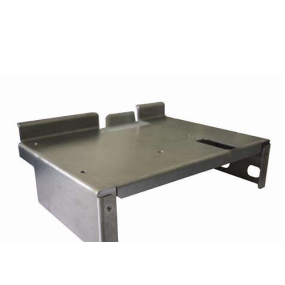(1) Improve cutting conditions and cutting conditions
When the cutting tool moves towards the top or the edge of the workpiece, the cutting condition gradually deteriorates. To maintain optimal cutting conditions, it is necessary to rotate the worktable. If you want to process irregular planes perfectly, you also need to rotate the workbench in different directions multiple times.
The position of the cutting edge indicates that the five axis machine tool deflection tool can prevent the cutting speed of the center point of the ball end milling cutter from being zero, resulting in better surface quality.
(2) Shortening of production chain and production cycle
Five axis CNC machine tools perform side wall machining through spindle head deflection, eliminating the need for repeated part clamping, effectively reducing positioning errors, improving machining accuracy, and shortening the production chain. In the fields of aerospace, automotive, etc., possessing high flexibility, high precision, high integration, and excellent processing capabilities can effectively handle the accuracy and cycle issues of chaotic parts processing in the process of new product development, greatly shortening the development cycle and improving the success rate of new products.
(3) Power increase and elimination
For the processing of impellers, blades, and steep sidewalls of molds, three-axis CNC machines cannot meet the processing requirements, while five axis CNC machines can complete such processing content through the control of the tool axis space attitude angle. At the same time, it can achieve deep cavity machining with short cutting tools, effectively improve system rigidity, reduce the number of cutting tools, prevent specialized cutting tools, expand the scope of use of general cutting tools, and thus reduce production costs.
Regarding some inclined surfaces, five axis CNC Machining can use tool side edges to complete the cutting of part sidewalls in a circular milling manner, thereby improving machining power and surface quality. And three-axis CNC machining relies on the layered cutting and subsequent polishing of the tool to force the inclined surface.


 Spanish
Spanish Arabic
Arabic French
French Portuguese
Portuguese Belarusian
Belarusian Japanese
Japanese Russian
Russian Malay
Malay Icelandic
Icelandic Bulgarian
Bulgarian Azerbaijani
Azerbaijani Estonian
Estonian Irish
Irish Polish
Polish Persian
Persian Boolean
Boolean Danish
Danish German
German Filipino
Filipino Finnish
Finnish Korean
Korean Dutch
Dutch Galician
Galician Catalan
Catalan Czech
Czech Croatian
Croatian Latin
Latin Latvian
Latvian Romanian
Romanian Maltese
Maltese Macedonian
Macedonian Norwegian
Norwegian Swedish
Swedish Serbian
Serbian Slovak
Slovak Slovenian
Slovenian Swahili
Swahili Thai
Thai Turkish
Turkish Welsh
Welsh Urdu
Urdu Ukrainian
Ukrainian Greek
Greek Hungarian
Hungarian Italian
Italian Yiddish
Yiddish Indonesian
Indonesian Vietnamese
Vietnamese Haitian Creole
Haitian Creole Spanish Basque
Spanish Basque


